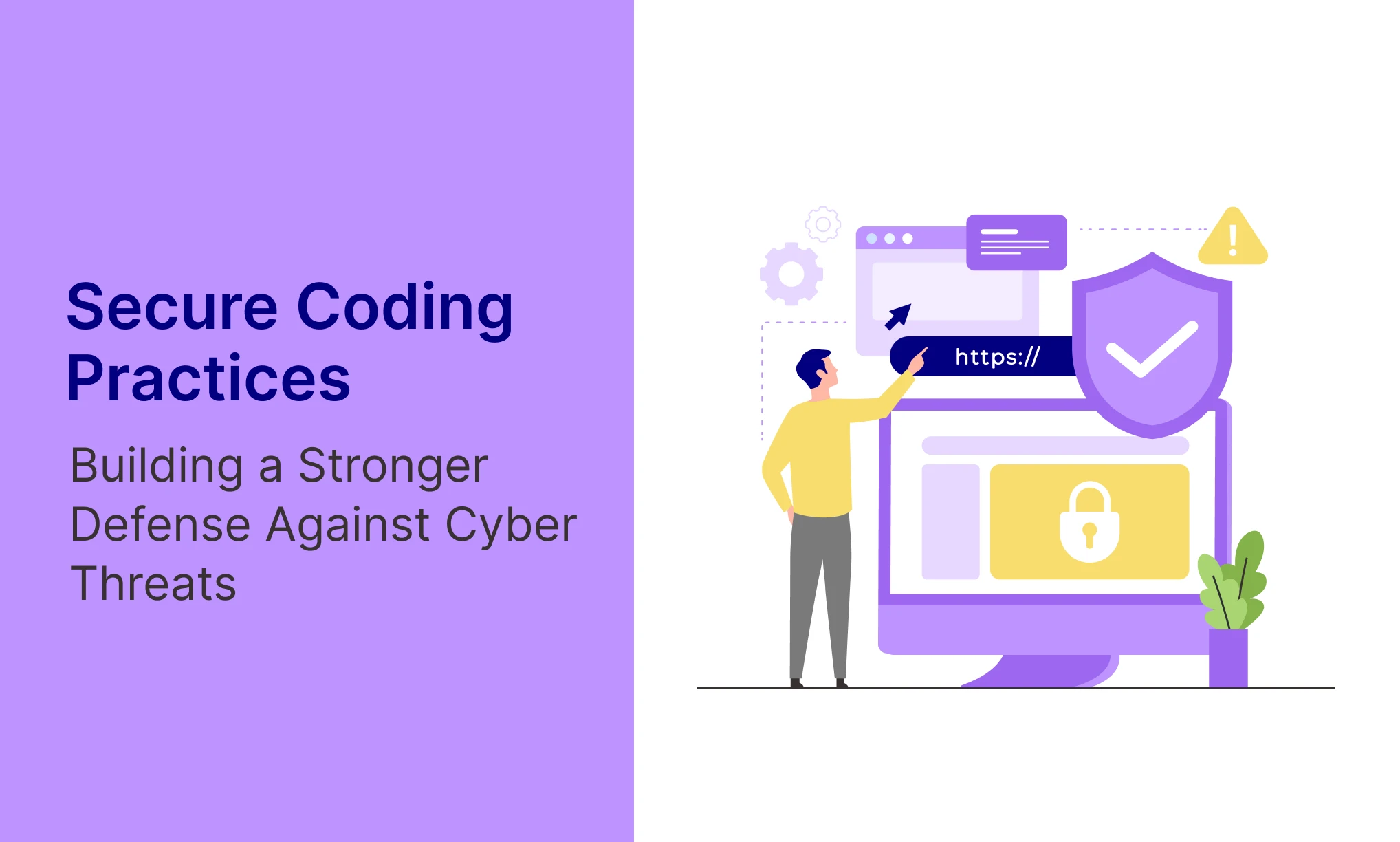Table of Contents
A Hard Lesson in Database Security: My Early Career Experience
Early in my career, while working on a test project, I created a database in AWS MongoDB and implemented basic CRUD operations to manage the data. It was an exciting phase of learning and experimentation, but one day, I encountered an unexpected and eye-opening incident that shaped my approach to security forever.
When I attempted to access the database, I was shocked to find that the data was inaccessible. Instead, one of the collections contained a chilling message:
“Your database has been encrypted, and all your data has been copied. To retrieve your data and regain access, you must pay a ransom. Failure to comply will result in the permanent deletion of your data.”
This was a classic ransomware attack, targeting my exposed database. Since the data was part of a test project and not critical, I decided not to pay the ransom. However, this experience became a turning point for me.
Realizing the gravity of the situation, I delved into understanding how such vulnerabilities occur and, more importantly, how they can be prevented. I learned about the risks of leaving databases exposed to the internet without proper security configurations and implemented the following measures:
- User-Based Login: I enabled authentication for the database, requiring users to log in with secure credentials.
- Role-Based Access Control: I assigned roles to users, limiting their permissions to only what was necessary for their tasks.
- Network Restrictions: I configured access controls to ensure only trusted IP addresses could interact with the database.
These steps not only secured the test database but also taught me the importance of proactive security measures in software development.
What is Secure Coding?
In today’s interconnected digital landscape, software vulnerabilities can lead to data breaches, financial losses, and reputational damage. Fostering secure coding practices in your team is not just a technical necessity it’s a fundamental responsibility.
Why Secure Coding Matters?
- Protecting User Data:
At the heart of every application lies user data. Poor coding practices can expose this data to malicious actors, leading to breaches that compromise privacy and trust.
- Regulatory Compliance:
Laws like GDPR (General Data Protection Regulation), CCPA (Central Consumer Protection Authority), and HIPAA (Health Insurance Portability and Accountability Act) enforce strict data security requirements. Secure coding helps ensure compliance, avoiding hefty fines and legal complications.
- Preventing Exploits:
Vulnerabilities such as SQL injection, cross-site scripting (XSS), and buffer overflows arise from insecure coding. These flaws can be exploited to manipulate systems or steal data.
- Reducing Long-Term Costs:
Fixing security issues post-deployment is exponentially more expensive than addressing them during development. Secure coding reduces technical debt and maintenance costs.
Core Principles of Secure Coding
- Input Validation:
Always validate and sanitize user inputs to prevent attacks like SQL injection and XSS.
- Least Privilege Principle:
Limit access rights for users and processes to the minimum required to perform their tasks.
- Secure Data Storage:
Encrypt sensitive data both in transit and at rest to protect it from unauthorized access.
- Error Handling and Logging:
Ensure error messages are user-friendly but avoid revealing sensitive information. Logs should be secured to prevent tampering.
- Code Reviews and Audits:
Regularly review code for potential vulnerabilities and adhere to established security standards.
- Dependency Management:
Keep libraries and frameworks up to date to mitigate risks from known vulnerabilities.
How to Foster Secure Coding Practices in Your Team
- Implement Secure Development Lifecycles (SDLC):
Integrate security at every stage of the development process, from design to deployment.
- Use Automated Tools:
Leverage tools like static application security testing (SAST) and dynamic application security testing (DAST) to detect vulnerabilities early.
- Promote a Security-First Culture:
Encourage open discussions about security concerns during team meetings. Make security a shared responsibility rather than an afterthought.
- Establish Coding Standards:
Develop and enforce a coding standard that emphasizes secure practices. Use linting tools to ensure compliance.
- Run Penetration Tests:
Simulate attacks to identify and address potential vulnerabilities in a controlled environment.

Conclusion
Secure coding practices are the backbone of building reliable and trustworthy software. As a software lead, you play a vital role in instilling these practices within your team. By making security a priority from the ground up, you can not only protect your applications and users but also set a standard for excellence in your organization.
Secure coding is not just a technical necessity; it is a business imperative. As organizations increasingly rely on software to deliver value, ensuring its security must be a top priority. By adhering to secure coding practices, developers can build resilient systems that protect users, comply with regulations, and uphold organizational reputation. Remember, security isn’t a feature—it’s a foundational requirement.
Start coding securely today and contribute to a safer digital tomorrow!








